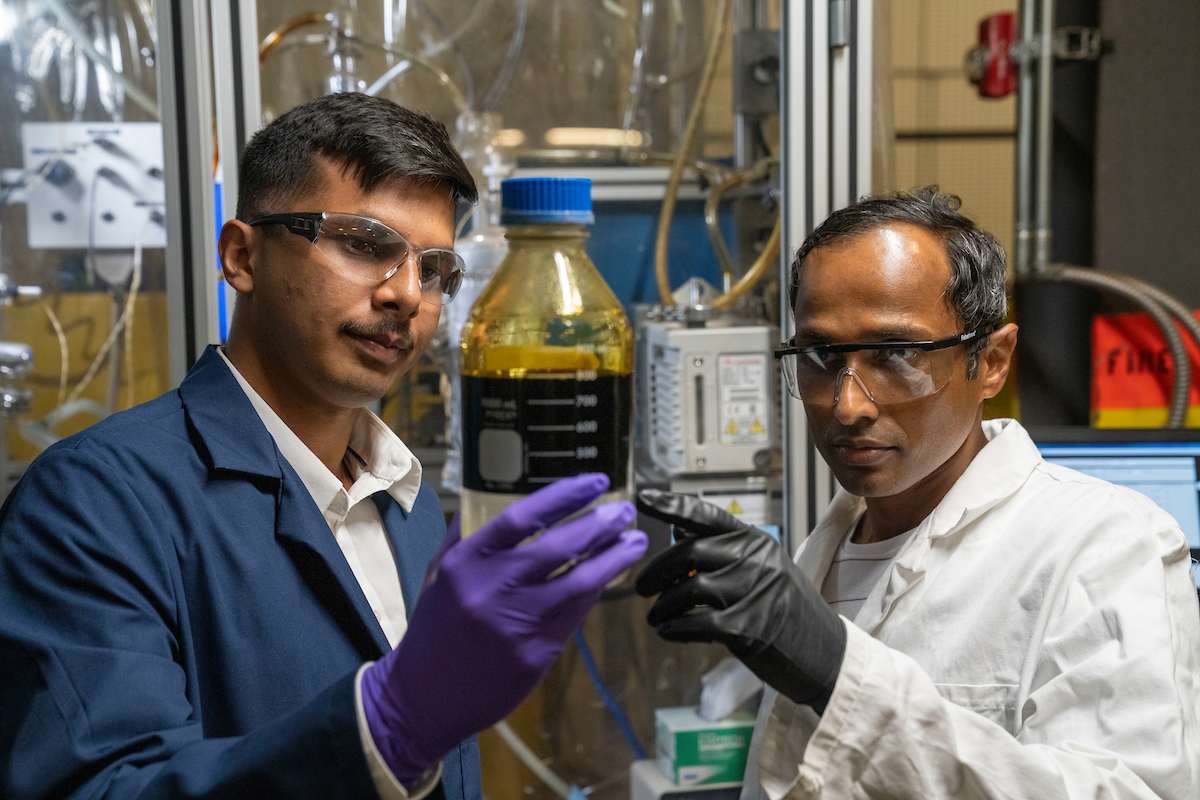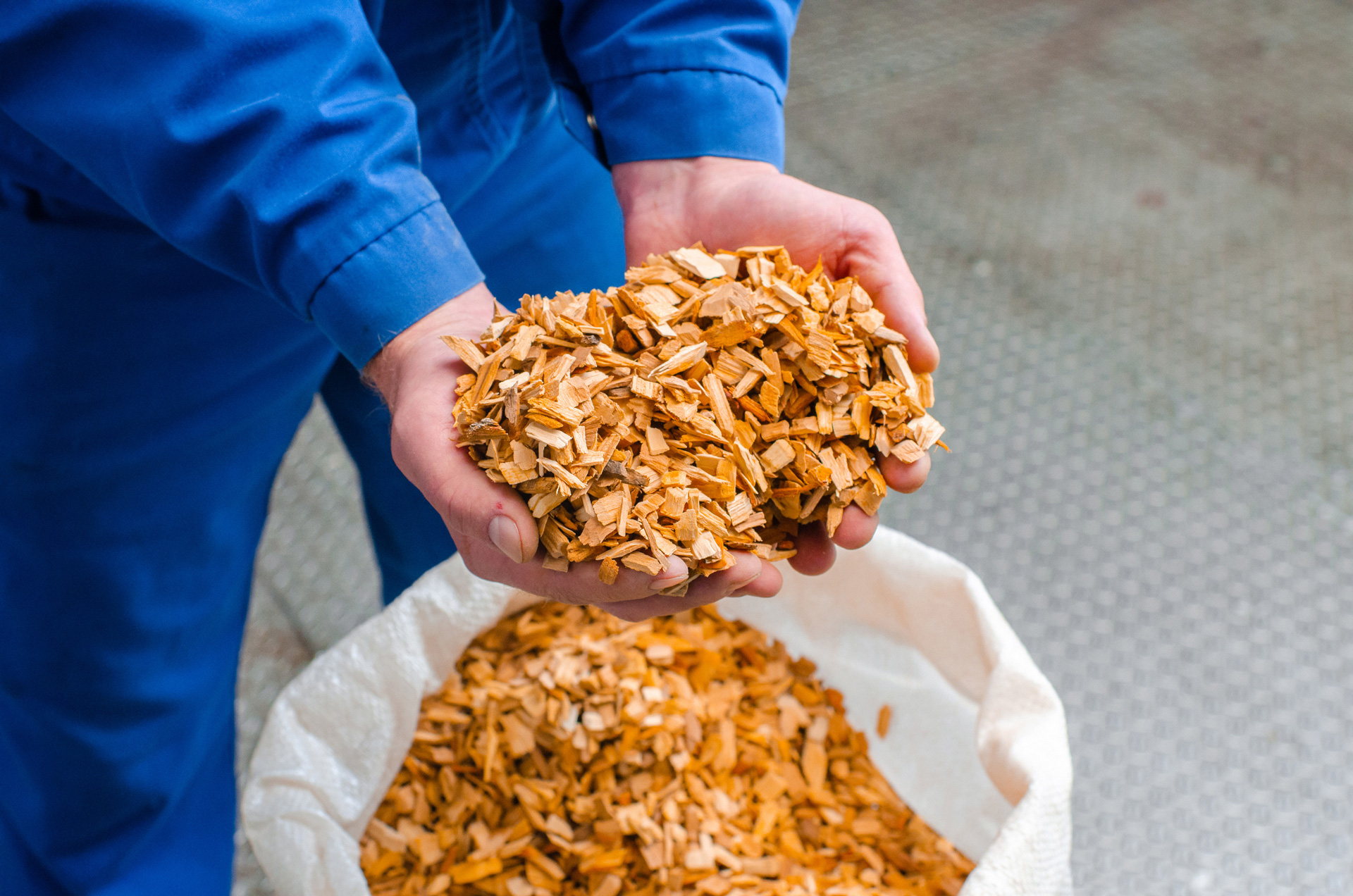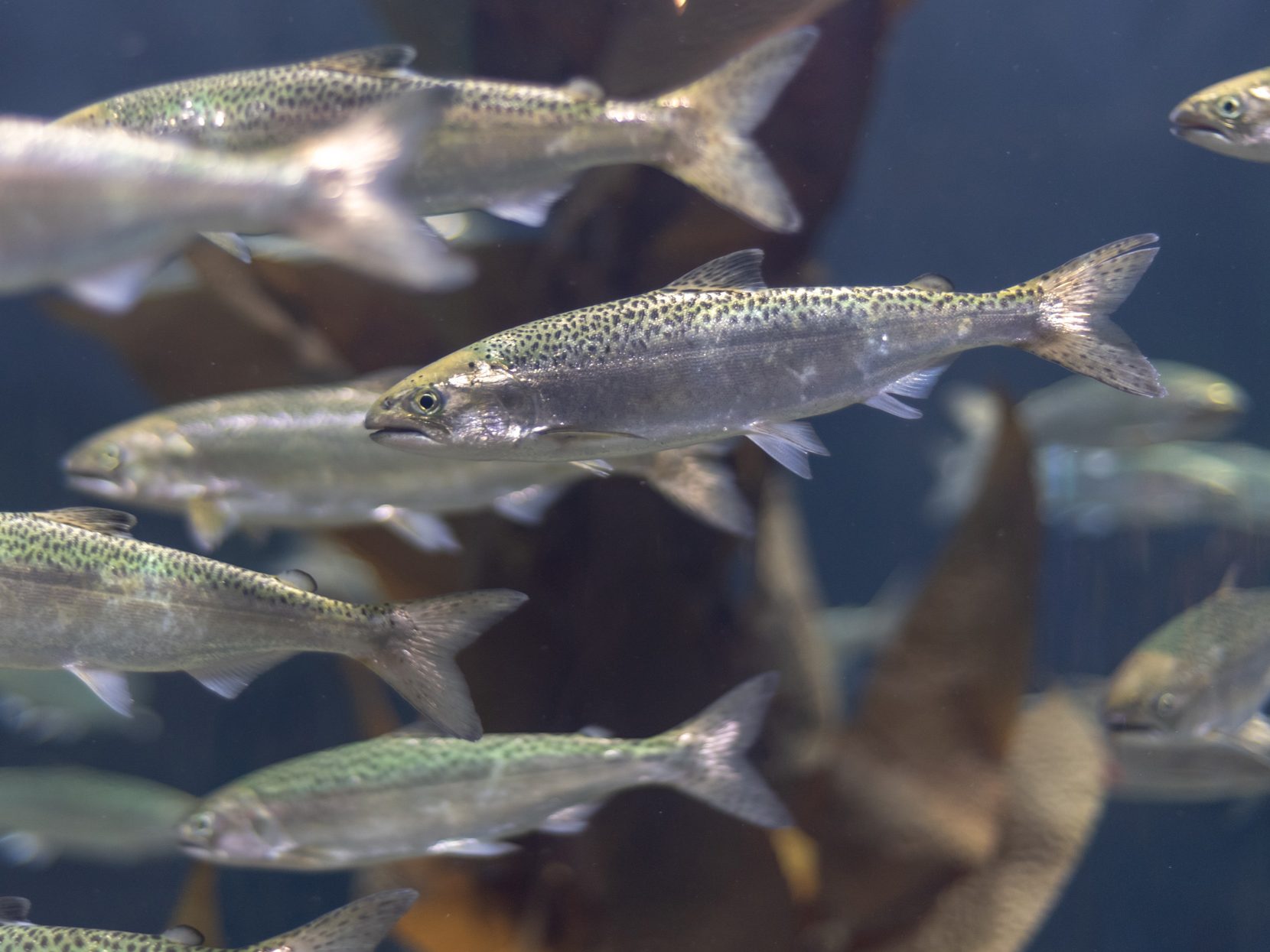Sustainable Wood to Fuel and Fish Feed
The SWF3 is a transdisciplinary program led by academia, federal labs, and industry that will use a systems approach for developing technologies to make sustainable aviation fuels and fish feed ingredients from low-quality woody biomass.


About US
Decades of fire suppression, long-term drought and reduced demand for pulp and paper production have created millions of tons of low-quality woody biomass (LWB)—such as small-diameter trees, branches and other low-value wood waste streams—which currently has a limited market. The Sustainable Wood to Fuel and Fish Feed (SWF3) program develops new technologies capable of upgrading these millions of tons of LWB to sustainable aviation fuel (SAF) and fish feed ingredients.
35B Gallons
About 60%

Our Approach
The production of renewable fish feed ingredients is crucial for the sustainable growth of the U.S. aquaculture sector and reducing the seafood trade deficit. The SWF3 program combines research, education and extension activities to address technological hurdles, feedstock preprocessing and supply challenges, and knowledge gaps in workforce development and extension.








